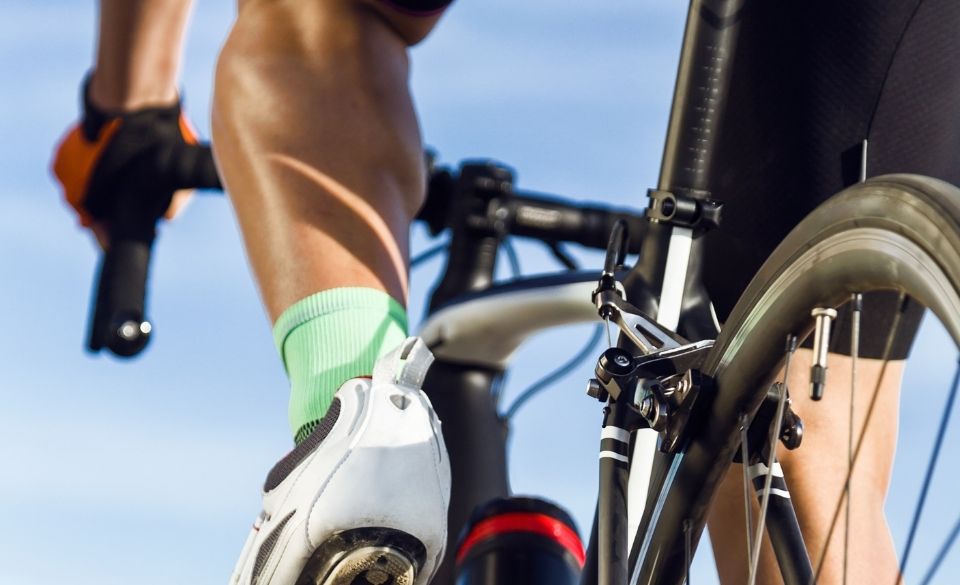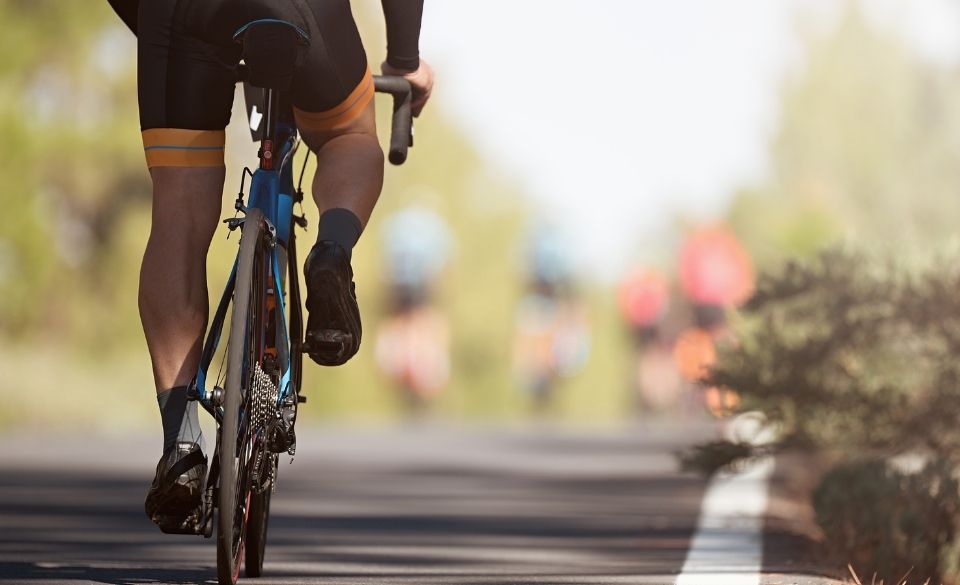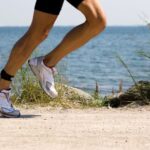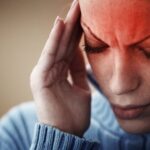
Sore Calves While Cycling – A Complete Guide To Calf Pain
Page Contents
Have you ever experienced sore calves when cycling? Don’t worry, many cyclists have experienced pain, cramping, and tightness while riding.
However, there any many causes behind these symptoms. So, knowing the causes and measures to prevent them from happening. Helping you ride pain-free.
In this article, we discuss what causes sore calves while cycling and how saddle height and cleat position can play an important role in this.
What Causes Calf Pain When Cycling? A Complete Guide
Unfortunately, there are many causes of calf pain when cycling. Some of these include:
– Saddle height too high
– Cleats that are too far forward
– Poor hydration
– Shoes that are too big
– Overuse
For most cyclists, calf pain is often caused by position on the bike. When your saddle height or fore-aft is incorrectly set up, it can place added stress on the calf muscles when cycling. this often results in overuse of the calf muscles to stabilize the pedal stroke.
While not that common, shoes can also be a culprit. When your shoes are too big, it causes you to claw the toes in. This can cause the calf muscles to engage more than they should, which places more load on them when pedaling.
Alternatively, overuse and hydration are two other culprits. Overuse can happen with more serious riders. However, this usually loads the quadriceps, glutes, and hamstrings more than the calves. That doesn’t say it can’t happen to less experienced riders, it is just less common as the mileage and training intensity is much less.
Hydration, on the other hand, can affect all levels of riders. If you fail to hydrate properly it can cause cramps in the upper legs as well as the calf muscles. This can result in calf pain while cycling and be painful if not stretched correctly.
If you are experiencing calf pain while cycling it is important to eliminate the causes of the pain. this can be done by starting with your seat height and cleat position (which we talk about below). Alternatively, if this isn’t the cause, check your training volume and make sure you haven’t recently ramped up the training load too quickly (volume and/or intensity).
If none of these are the cause, then look at your nutrition and hydration while riding. Lack of electrolytes and calories can be the cause of cramping.

Calf Pain Cycling Caused By Saddle Height
When you have your saddle positioned too high on the bike it will cause your hips to rock side to side. This can also cause overextension of the knee and leg. This generally leads to overuse of the calf muscle as it tries to stabilize the foot with each pedal stroke.
If you naturally slide forward on your seat under load, you may find this a natural reaction for your body to reduce the saddle height. However, if this is the case, you will find yourself consistently pushing yourself to the back of the saddle.
If your saddle is too high, you will feel a loss of control at the bottom of the pedal stroke. This can also be seen with an aggressive toe down pedal stroke.
To help to prevent calf pain while riding caused by saddle height. Start by lowering your saddle 1-2cm. Then evaluate how much extension the knee has and if the pain has reduced in the calf muscle.
Calf Pain Cycling Caused By Cleat Position
Calf pain caused by cleat position is usually easy to diagnose. Most people feel the calf muscle working overtime and often experience cramping sensations as the ride gets longer. The result is too much power driving through the forefoot, which engages the calf muscles more than needed. People with a forward cleat position may also experience numbness in the toes and Achilles problems.
If you are experiencing calf pain caused by cleat position, try shifting back your cleats so they are behind the metatarsal. Alternatively, book in with a professional bike fitter who can adjust your cleat position and check your saddle height.
Lack of Warm-up
If none of the above are causes of your calf pain, it may be from a lack of warm-up before riding
If you have a more strenuous workout planned and don’t warm up correctly before your session, you may find the tightness in your calves can be exacerbated by the lack of warm-up.
Like any exercise, it is important to warm up with some intensity, if you are planning some intervals, hill repeats, or a more intense session. By doing so, you can warm up the muscles, and lengthen them in the process. If not, you may experience a small amount of discomfort when starting your intervals or session.
Conclusion
To find the cause of your sore calves while cycling, you must look for the cause of the issue. This may require testing multiple things such as seat height, cleat position, shoe size, and nutrition. By doing so, you should be able to eliminate the possible causes of calf pain when cycling.
Alternatively, speak with a coach about your training or a bike fitter about your position. Both can help find the cause of the issue. If none of these are successful, speak to a nutritionist, and they can look at your hydration and food intake when riding.


